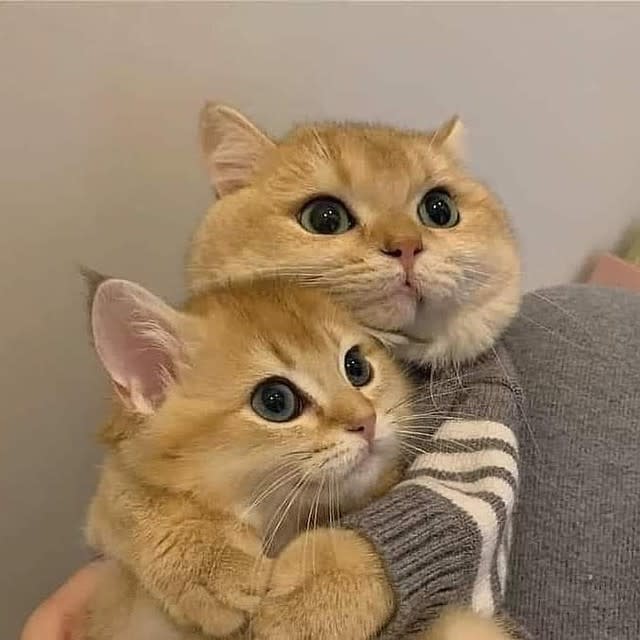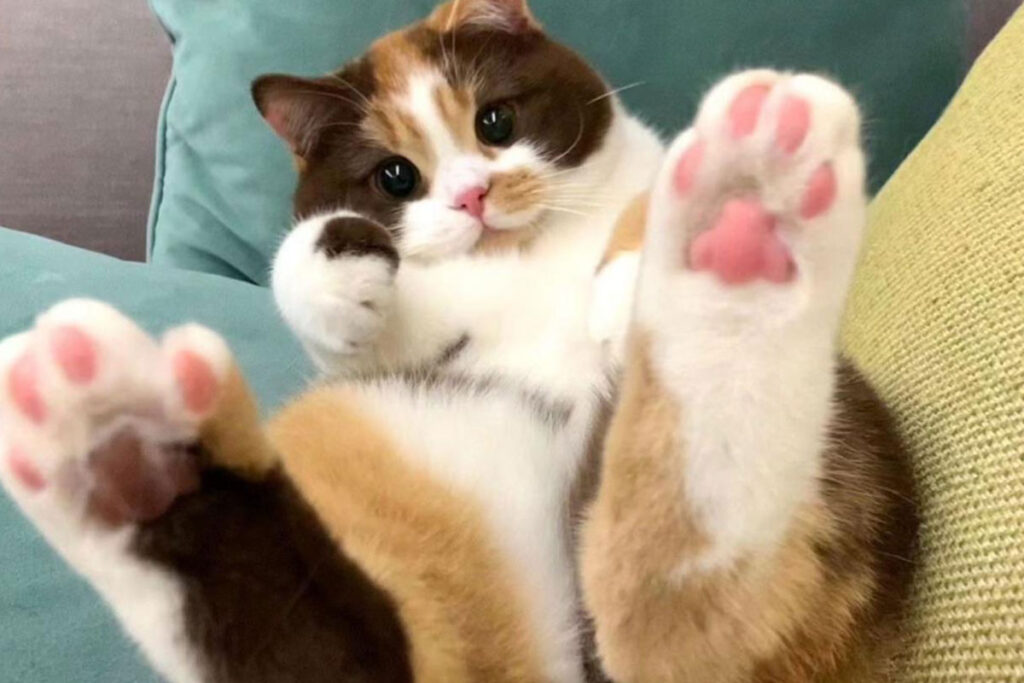
Facts about the brain activity of Cats
Cats‘ brains are fascinating! Like humans and many other mammals, they have complex brains with various regions responsible for different functions.
One interesting aspect of cats‘ brain activity is their highly developed sensory systems. Their brains are adept at processing sensory information, particularly vision, hearing, and smell. This is why cats have exceptional night vision and hearing, allowing them to hunt effectively even in low light conditions.
Additionally, research suggests that cats have complex emotional lives, and their brain activity reflects this. Studies have shown that cats have similar brain structures and neurochemicals related to emotions as humans and other mammals. They can experience a range of emotions such as fear, pleasure, and affection, which is evident in their behavior and interactions with humans and other animals.
Furthermore, like humans, cats‘ brains produce various neurotransmitters that regulate mood and behavior, such as serotonin and dopamine. These neurotransmitters play crucial roles in regulating emotions and responses to stimuli.
Overall, while cats‘ brains may not be as extensively studied as those of humans, there’s still much to learn about their cognitive abilities, emotions, and behaviors through ongoing research in neuroscience and animal behavior.
But…
this is how a car really is:
It shows how their brain actually works!
And here is another proof:
Here more funfacts about Cats
These fun facts highlight just a few of the many fascinating aspects of feline behavior and biology!
- Whiskers are Multifunctional: A cat’s whiskers are not just for show; they serve a vital sensory function. Whiskers are highly sensitive and help cats navigate their environment, judge distances, and even detect changes in air currents.
- Purring Isn’t Always About Happiness: While cats often purr when they’re content, they also purr when they’re injured, anxious, or in pain. It’s believed that purring may have a self-soothing and healing effect for cats.
- Flexible Skeletons: Cats are incredibly flexible due to their unique skeletal structure. They have a flexible spine with more vertebrae than humans, which allows them to twist and turn their bodies with remarkable agility.
- Superior Jumpers: Cats are exceptional jumpers and can leap up to six times their body length in a single bound. Their powerful hind legs and flexible bodies enable them to effortlessly scale heights and navigate obstacles.
- Variety of Vocalizations: Cats have an extensive repertoire of vocalizations, including meows, purrs, chirps, hisses, and even trills. They use different sounds to communicate with humans and other cats, expressing various emotions and needs.
- Love for Boxes: It’s a well-known phenomenon that cats love squeezing into boxes, no matter how small. This behavior is thought to stem from their instinctual desire for security and the feeling of being hidden from potential threats.
- No Sweet Tooth: Unlike humans and some other animals, cats lack taste receptors for sweetness. They are obligate carnivores, so their taste preferences lean heavily towards meat.
- Nighttime Hunters: Cats are crepuscular animals, meaning they are most active during dawn and dusk. This behavior is thought to be inherited from their wild ancestors, who were nocturnal hunters.
- Unique Nose Prints: Just like human fingerprints, every cat has a unique pattern of ridges and bumps on its nose. This distinctive „nose print“ can be used for identification purposes, similar to fingerprinting for humans.
- Excellent Groomers: Cats spend a significant portion of their waking hours grooming themselves. Their rough tongues are covered in tiny hook-like structures called papillae, which help remove dirt, debris, and loose fur from their coats.
And these are only some of even more…
- Sleep Connoisseurs: Cats are notorious for their love of sleep, spending an average of 12 to 16 hours a day snoozing. Some cats, particularly kittens and senior cats, may sleep even more!
- Social Sleepers: While cats are often portrayed as solitary animals, many enjoy the company of other cats and even humans during their nap times. They may curl up together with their feline or human companions for warmth and security.
- Ancient Companions: Cats have been domesticated for thousands of years, with evidence of their association with humans dating back to ancient civilizations such as ancient Egypt. They were revered as symbols of divinity and protection in Egyptian culture.
- Environmental Enrichment: Cats thrive in environments that offer mental and physical stimulation. Providing them with toys, scratching posts, climbing structures, and interactive play sessions can help prevent boredom and promote their overall well-being.
- Love of Heights: Many cats are natural climbers and enjoy perching in high places. This behavior not only provides them with a sense of security and vantage point for observing their surroundings but also taps into their innate hunting instincts.
- Water Aversion: While some cats may enjoy playing with water, many are not fond of getting wet. This aversion to water is believed to stem from their wild ancestors‘ habitat preferences, as most wild cats inhabit dry environments.
- Unique Communication: Cats communicate through a combination of body language, vocalizations, and scent marking. They use subtle cues such as tail flicks, ear positions, and pupil dilation to convey their feelings and intentions.
- Elastic Tongues: A cat’s tongue is covered in tiny, backward-facing barbs called filiform papillae, which help them groom efficiently and remove loose fur and debris from their coats. This unique feature also aids in their grooming rituals after meals.
- Selective Eaters: Cats can be notoriously picky eaters, with individual preferences for certain flavors, textures, and even temperatures of food. Offering a variety of high-quality foods can help cater to their discerning tastes.
- Curiosity Quotient: Cats are famously curious creatures, often exploring every nook and cranny of their surroundings. Their inquisitive nature can sometimes lead them into mischief but also fosters their intelligence and problem-solving skills.
In the End we have to say…
Cats are damn cute so let them be :3



BYE <3